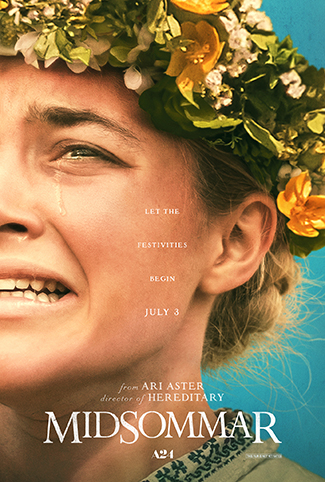Nordic Seducers
Welcome back to Cryptid Corner! Today, world-renowned cryptozoologist Dr. Veronica L. Raptor of the infamous Innsmouth Institute is here to talk about about creatures you might encounter in the Scandinavian woods.
This interview has been edited for clarity and length.
EMILY C. SKAFTUN: If you think Nordic cryptozoology is synonymous with trolls, you’re in for a treat today. Dr. Raptor is here to tell us about not one but two monsters—can I call them that?—inhabiting the wild north.
VERONICA L. RAPTOR: In this case, I’d say monstrosity is in the eye of the beholder. Or the attitude of the beholder, at least. If you are polite to huldrefolk, they can bestow on you great fortune. But if you are unkind…









